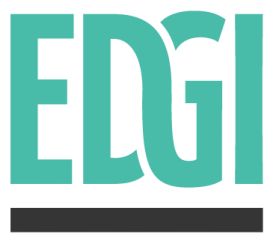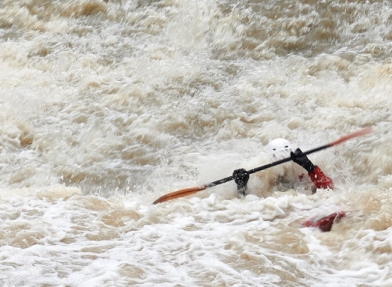Projects
The projects below are all currently active. Older projects are described in my CV and can generally be found in one of my Github accounts (cf. Web Presence).
Code At the Edge
Inspired by the Himalayan Borderlands project (see below), Code At the Edge aims to turn web developer skills into a tool for social justice and equity, by teaching those skills to girls from “backward castes” in a remote area that is on the brink of connection to high-speed Internet. We develop curriculum, software, and hardware packages for deployment in remote areas with intermittent electricity and network connections. The project has been largely suspended during COVID but I hope to return to it in 2021-22.
Himalayan Borderlands
I am a participant in Himalayan Borderlands, a five-year project (2017-2022) on mountain cultures and travel histories in the Eastern Himalaya. It aims to explore religious expression in written and oral depictions of Himalayan travel. In this project, we are exploring how mountain spaces are constructed by inflections of power and transnational forces, how religious practices interact with the environment, and how stories embedded in local landscapes shape a traveler’s experience. We hope that our work may contribute to histories of Himalayan travel by local and international communities.
Environmental Data and Governance Initiative (EDGI)

S. O. Shreds

Org-LMS
